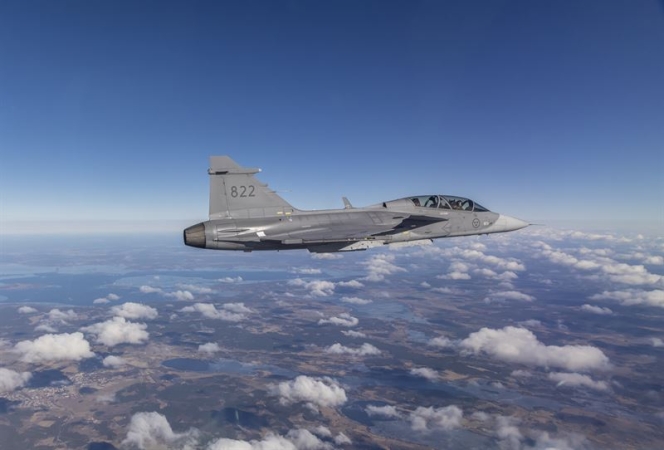3 avril 2020
by Sandra Erwin
In response to the SBIR solicitation, a space startup is developing a geospatial intelligence-based tool that can help governments identify infected areas.
WASHINGTON — The U.S. Air Force Small Business Innovation Research office has posted a new solicitation that includes COVID-19 countermeasures as an area of interest.
The March 30 Small Business Innovation Research solicitation, like most SBIR calls, is open to proposals on any topic that addresses a defense-focused need. But this is the first one that includes COVID-19 “defeat and mitigation related to Air Force operations and activities” as an area of interest. Proposals are due April 30.
This SBIR is for “direct to Phase 2” contracts of up to $1 million over 27 months.
Phase 1 awards are for early research work whereas Phase 2 are for technologies that are relevant to defense needs but also have commercialization potential. Some Air Force SBIR programs require matching funds from private investors. According to the March 30 solicitation, companies can compete for $1 million Air Force awards but private matching funds are not a requirement.
The SBIR solicitation is an opportunity for startups in space and defense to adapt technologies for COVID-19 response, Shawn Usman, an astrophysicist with Rhea Space Activity, told SpaceNews.
Usman said Rhea Space Activity has partnered with Illumina Consulting Group and Dynamic Graphics to offer a geospatial intelligence-based tool that can help governments identify infected areas much faster than is currently possible.
“We can provide operational, real-time data analysis and alerting capabilities to federal, state, and military emergency operations centers,” he said. “Our solution will collect publicly available information, including social media and adware data, and correlate it with other data sets from public health organizations to create alerts detailing the emergence of COVID-19 hotspots.”
Using open-source analytics and satellite collected geospatial information it would be possible to “readily confirm COVID-19 infected population areas, and will provide first responders with much more detailed, real time information to formulate their own reaction plans,” Usman said.
https://spacenews.com/air-force-small-business-program-seeks-technologies-to-help-counter-covid-19/



